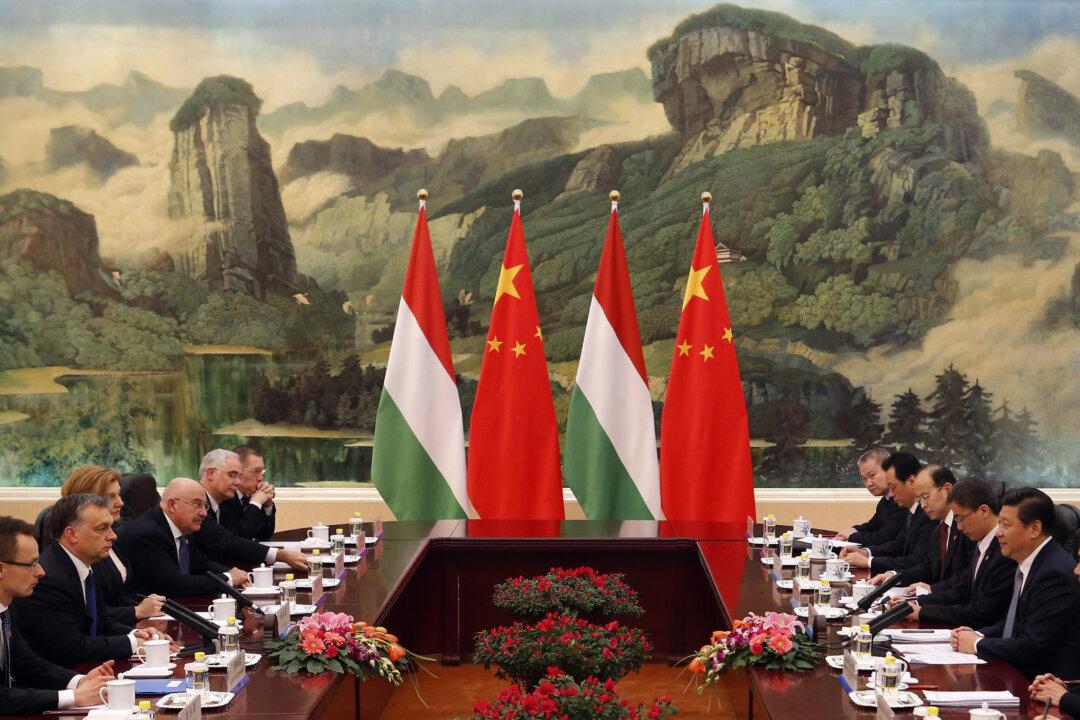News Analysis
As the free world unites to condemn and penalize the human rights violations and aggressive expansion of the Chinese Communist Party (CCP), one European country is moving against the tide.

As the free world unites to condemn and penalize the human rights violations and aggressive expansion of the Chinese Communist Party (CCP), one European country is moving against the tide.